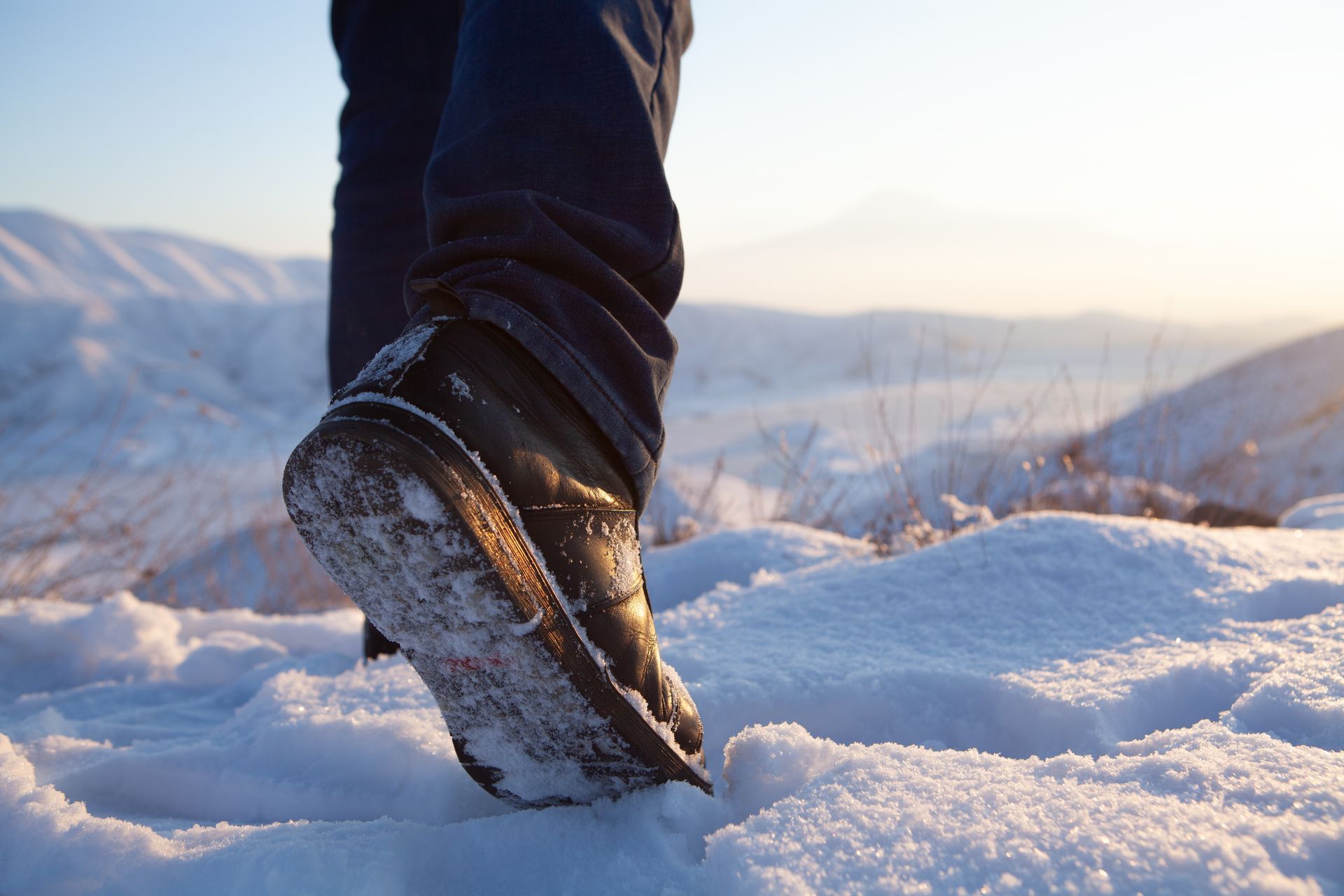Back-to-school shoe-shopping tips
August 15, 2016
Beyond the backpack: Back-to-school shoe-shopping tips to keep kids healthy and parents happy
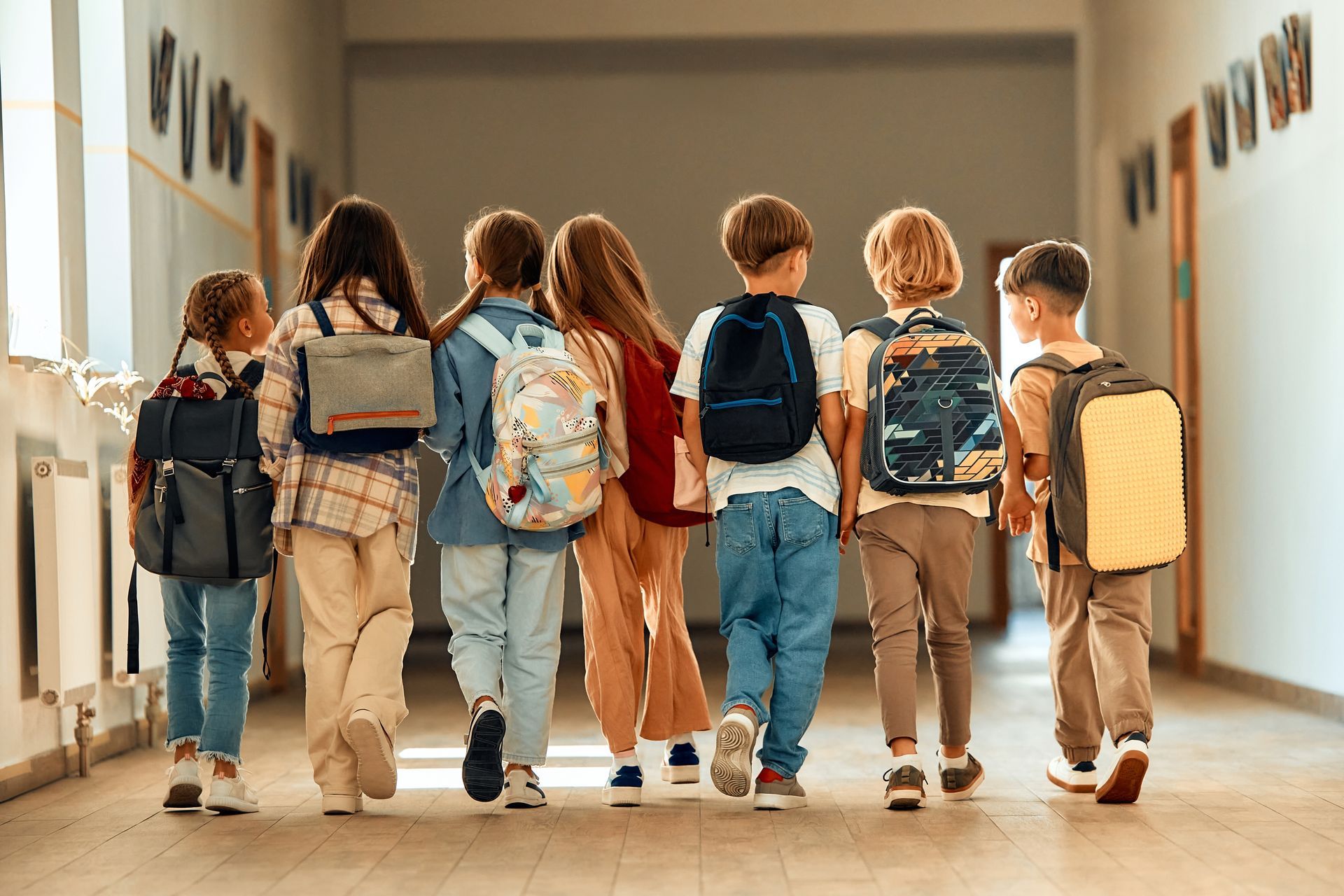
For parents faced with kids’ changing tastes and opinions, navigating back-to-school shopping can be a harrowing process. Buy him the wrong backpack, and he’ll be the uncool kid on the bus. Pick out the wrong jeans for her, and she’ll be shamed by society. While neither scenario will cause kids any real harm, there is one area of back-to-school shopping where a wrong move could have health ramifications for kids—shoe shopping.
Foot health is directly related to overall health, no matter your age. Proper footwear is essential to foot health, so it’s important for parents to ensure kids go back to school with a good foundation on their feet. Shoes are one of the most important back-to-school purchases parents will make.
Children’s feet change and grow with them, and parents may find they need to update their kids’ shoes and socks every few months to accommodate this growth. Shoes that don’t fit properly can irritate the feet and affect how well a child walks, runs, and plays.
Here is some advice for finding shoes that are good for kids’ feet and also live up to their exacting tastes:
If your child complains of foot pain or experiences an injury, take him or her to a podiatrist.
This website includes materials that are protected by copyright, or other proprietary rights. Transmission or reproduction of protected items beyond that allowed by fair use, as defined in the copyright laws, requires the written permission of the copyright owners.
Foot health is directly related to overall health, no matter your age. Proper footwear is essential to foot health, so it’s important for parents to ensure kids go back to school with a good foundation on their feet. Shoes are one of the most important back-to-school purchases parents will make.
Children’s feet change and grow with them, and parents may find they need to update their kids’ shoes and socks every few months to accommodate this growth. Shoes that don’t fit properly can irritate the feet and affect how well a child walks, runs, and plays.
Here is some advice for finding shoes that are good for kids’ feet and also live up to their exacting tastes:
- Always buy new—never used—and never hand down footwear. Sharing shoes can spread fungi like athlete’s foot. What’s more, children’s feet are as unique as they are. A shoe that fits one child comfortably may not fit another child as well. Plus, shoes that have been worn tend to conform to the foot of the wearer and may be uncomfortable for anyone else to put on.
- Test the shoe before allowing a child to try it on. Check for a stiff heel by pressing on both sides of the heel counter; it shouldn’t collapse under the pressure. Bend the shoe with your hands to ensure it will bend with your child’s toes; it shouldn’t be too stiff. Try twisting the shoe; it should be rigid across the middle and never twist in that area.
- Go shopping together. Shopping with your child ensures you can have his or her foot measured professionally, and that your child can test the shoe for a proper fit, give you his or her opinion of it, and learn from you the finer points of buying a good shoe. Kids who learn how to select a comfortable, supportive shoe may be less likely to make wrong footwear choices as adults, which could save them a lot of discomfort.
- Remember to shop for shoes later in the day when feet are at their largest, and always buy for the larger foot. Having your child’s feet measured will help identify which foot is larger. Additionally, remember to have your child wear the type of socks or tights he or she will most likely wear with the shoe.
- Avoid buying shoes that need a “break-in” period. Footwear should be comfortable right away. Once the school year is underway, keep an eye on your child’s shoes—active kids may wear out footwear faster than adults. Be vigilant for signs of irritation, such as your child always wanting to remove one or both shoes. The footwear may no longer fit properly, especially if it’s been a few months since you bought the shoes.
- Finally, be sure children wear shoes that are appropriate for their activities. If your daughter plays sports, she should wear a good athletic shoe designed for that sport. If your son is a runner, he’ll need a good running shoe. For daily wear when kids do a lot of walking, choose a good, supportive shoe. Keep sandals, flip-flops, and heels for occasional wear only.
If your child complains of foot pain or experiences an injury, take him or her to a podiatrist.
This website includes materials that are protected by copyright, or other proprietary rights. Transmission or reproduction of protected items beyond that allowed by fair use, as defined in the copyright laws, requires the written permission of the copyright owners.

October 3, 2025
If you’ve ever felt sudden pain in your big toe after running, jumping, or pushing off during sports, you may have experienced turf toe . This injury happens when the big toe joint bends too far upward, stretching or tearing the soft tissues that support it. What Are the Symptoms? Turf toe often causes: Pain and swelling at the base of the big toe Stiffness or limited motion Difficulty walking, running, or pushing off the foot Without proper care, turf toe can become a long-term issue that limits your mobility. How Do We Treat Turf Toe? Our podiatrists start with a careful exam and, if needed, X-rays or imaging to confirm the diagnosis. Treatment depends on the severity of the injury: Mild sprains: Rest, ice, taping, and stiff-soled shoes Moderate sprains: A walking boot, physical therapy, and gradual return to activity Severe sprains: Longer recovery time and, in rare cases, surgery Get Back on Your Feet Turf toe may sound minor, but it can seriously affect your performance and daily activities if left untreated. The good news? With the right care, most people recover fully and return to the activities they love. Our board-certified podiatrists specialize in diagnosing and treating turf toe and other sports injuries. If you’re dealing with toe pain, don’t wait— schedule an appointment today and take the first step toward recovery.
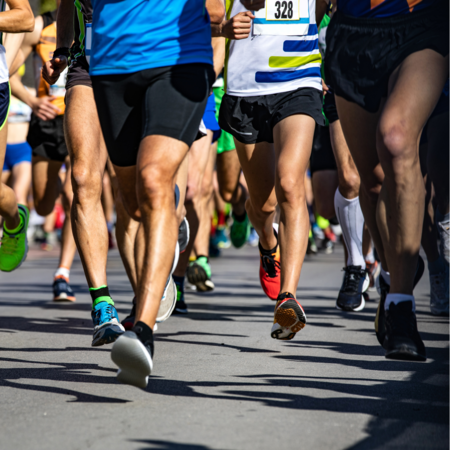
September 9, 2025
As temperatures drop and race season picks up, fall is the perfect time to refresh your running gear and hit the pavement, trails, or treadmill with confidence. Whether you’re training for your first 5K, prepping for a marathon, or simply enjoying crisp outdoor walks, choosing the right running shoe is essential to protecting your feet and keeping you moving injury-free. Our podiatrists—experts in both foot health and running biomechanics—have shared their top shoe recommendations to suit a wide range of runners, foot types, and fall activities. 🏃♀️ Best for Everyday Training & Long Distances Hoka Clifton 10 This lightweight, max-cushioned shoe is a favorite among neutral runners. It’s a reliable “workhorse” option for everyday runs or long distances, with plush support and breathable materials. Heel and midfoot strikers will appreciate the comfort, while the soft interior cushions repetitive impact—ideal for runners logging serious miles. 🧍♂️ Best for Stability & Support Puma ForeverRun Nitro 2 Need more structure? This stability shoe offers broad midfoot support and a snug heel for added control, making it a great choice for overpronators or those seeking extra reinforcement on long runs. A springy midsole absorbs shock and protects joints on hard surfaces like concrete and asphalt. ASICS Gel-Kayano 32 Another top-tier pick for stability, the Kayano provides plush cushioning and firm arch support. It’s a go-to option for marathoners or anyone prone to overpronation looking for long-lasting comfort on high-mileage days. Brooks Adrenaline GTS Flat-footed runners love this shoe for its supportive structure and reliable cushioning. It’s an excellent balance of motion control and responsiveness, keeping your gait aligned and reducing injury risk over time. 👟 Best for Beginners or Versatile Runners Brooks Ghost 17 A crowd favorite for its balanced cushioning, smooth transitions, and lightweight feel. This versatile shoe is perfect for newer runners or those unsure of their foot strike pattern. With updates that benefit both forefoot and heel strikers, it’s a safe bet for most training needs. ASICS Gel-Nimbus & Saucony Triumph These shoes are excellent options for runners with high arches who need a bit more cushioning and comfort for impact protection. 🌲 Best for Trail Running Altra Olympus 6 For runners who prefer rugged terrain and natural surfaces, the Olympus 6 provides ample protection from rocks, roots, and uneven trails—without sacrificing comfort. It’s well-padded to prevent foot fatigue and boasts a roomy toe box, making it ideal for wide-footed runners or those who prefer a zero-drop design for a more grounded feel. 🌟 Honorable Mentions by Foot Type For Flat Feet: Brooks Adrenaline GTS, ASICS Gel Kayano 32, Hoka Gaviota, Saucony Guide For High Arches: Brooks Ghost, ASICS Gel Nimbus, Saucony Triumph For Plantar Fasciitis: Brooks Adrenaline, ASICS Kayano, Hoka Clifton or Bondi For Wide Feet/Minimalist Preference: Altra Torin — known for a zero-drop platform and wide toe box 🏁 Final Tips for Race Season Whether you're training for a fall race or upping your fitness game, remember: the right shoe can make all the difference in performance and injury prevention. If you’re experiencing discomfort, blisters, heel pain, or foot fatigue, it may be time for a professional shoe assessment—or a podiatric consultation. Our podiatry team is here to help you put your best foot forward this fall. Schedule an appointment to get fitted for the perfect pair and make sure your feet are race-day ready!
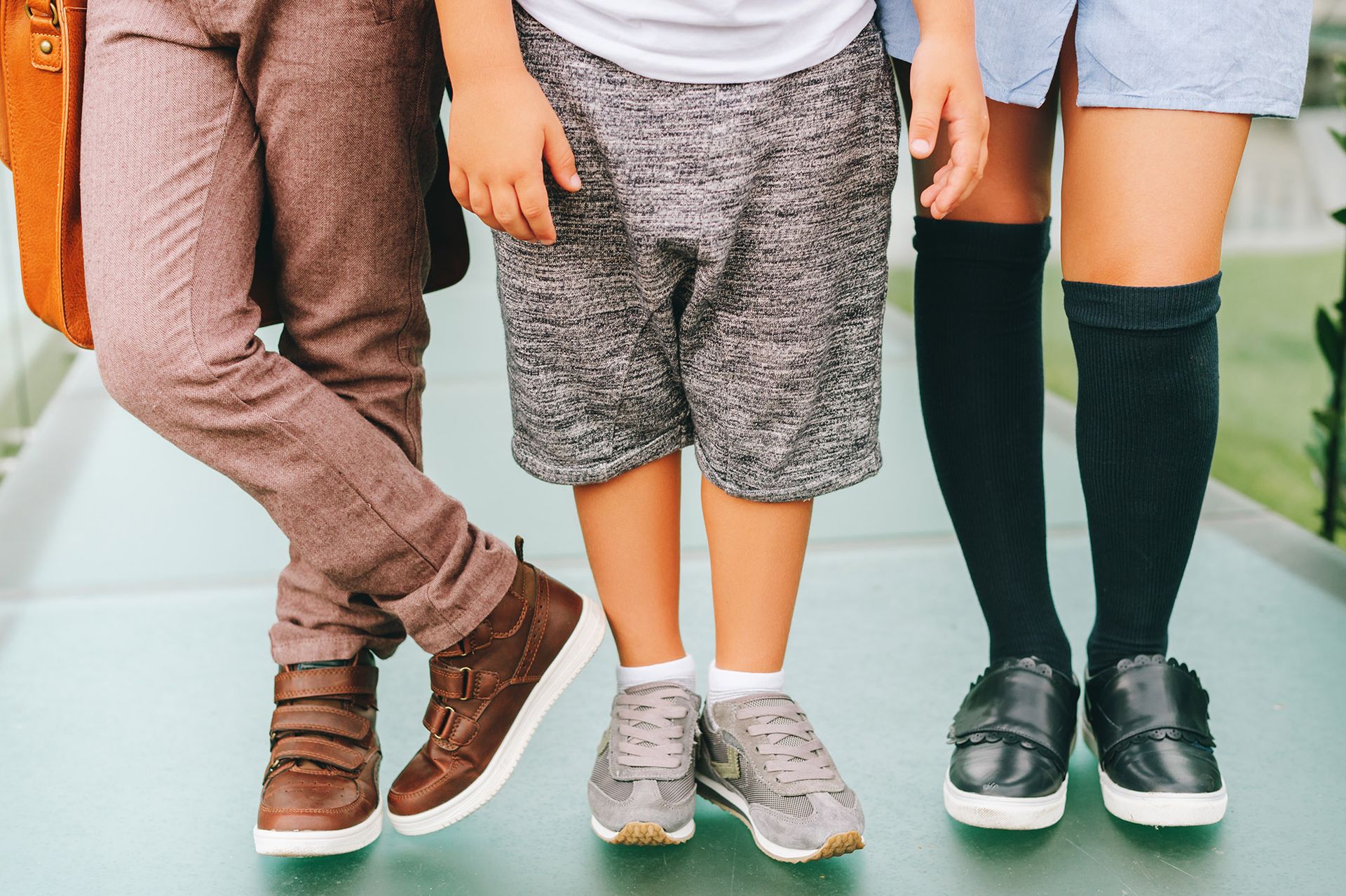
August 22, 2025
As the school year kicks off, most parents are focused on school supplies, lunchboxes, and new routines—but one of the most important back-to-school essentials is often overlooked: a good pair of shoes. Children and teens spend hours on their feet every day—walking through school hallways, running during recess, or playing sports after school. The right footwear doesn’t just offer comfort; it plays a vital role in supporting growing feet, preventing injuries, and setting kids up for a healthy, confident school year. Growing feet are still developing, and wearing shoes that are too tight, worn out, or lacking proper support can lead to common problems like heel pain (including conditions like Sever’s disease), flat feet, ingrown toenails, and joint discomfort. That’s why podiatrists emphasize the importance of choosing footwear that offers a proper fit, arch support, shock absorption, and durability. When shopping for back-to-school shoes, look for pairs that leave about a thumb’s width of space at the toes, fit snugly at the heel, and provide good cushioning for impact. Breathable materials can help prevent excessive sweating, and durable construction ensures shoes can withstand the demands of daily wear. Our doctors recommend checking your child’s shoes every 4 to 6 months, as feet grow quickly and often outpace last season’s fit. To make shopping easier, our doctors have shared their top recommended brands based on both professional insight and personal experience: Ten Little shoes are great for toddlers and early elementary students, with a foot-shaped design that allows toes to move freely, a built-in sizing guide for at-home accuracy, and flexible soles that support healthy development. New Balance Kids offers wide-width options ideal for children with higher insteps or broader feet, plus supportive midsoles and durable construction to keep up with active kids. Hoka Kids provide lightweight cushioning, structural support, and fun designs—perfect for highly active older children. See Kai Run , Stride Rite , and Asics are also excellent options for younger children and teens, especially those involved in sports or on their feet for long hours. For added support, especially in athletic or high-activity settings, Brooks is another solid choice. If your child begins to complain of foot, heel, or ankle pain, starts walking differently, or if you notice red marks, blisters, or worn-out soles, it’s a good time to check their shoes—and consider a visit to a podiatrist. Early intervention can help prevent more serious conditions and ensure your child stays active and pain-free. This school year, help your child put their best foot forward—literally. Whether you're shopping for the perfect pair of supportive sneakers or looking for guidance on orthotics or foot pain, our team is here to help. Schedule an appointment today to make sure your child’s feet are healthy, supported, and ready for every step of the school year.
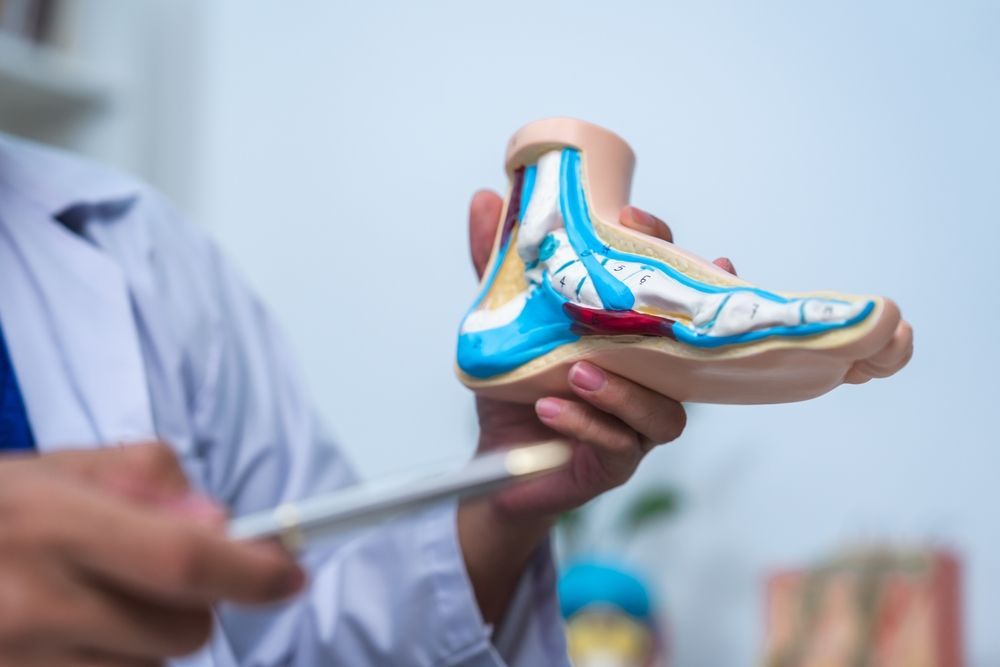
By VIV Builder
•
July 17, 2025
Your feet are the foundation of your entire body — when they’re not properly supported, it can lead to pain not just in your feet, but in your ankles, knees, hips, and back, too. That’s where custom orthotics come in! What Are Custom Orthotics? Custom orthotics are medical-grade shoe inserts that are specifically designed for your unique feet, gait, and needs. Unlike over-the-counter insoles, custom orthotics are crafted based on a detailed assessment by your podiatrist, ensuring the perfect fit and support for your lifestyle. Who Can Benefit from Custom Orthotics? Custom orthotics can help people with: ✅ Flat feet or high arches ✅ Plantar fasciitis or heel pain ✅ Bunions or hammertoes ✅ Arthritis ✅ Sports injuries ✅ Foot, ankle, knee, hip, or lower back pain caused by poor alignment How Do They Work? Custom orthotics work by redistributing pressure and correcting misalignments, which helps your feet function properly and comfortably. They can also help prevent future problems by providing the support you need with every step. Ready to Feel the Difference? If you’re experiencing foot or lower body pain, custom orthotics may be the solution you’ve been looking for. Schedule an appointment today and let our foot specialists help you step into lasting comfort and support!
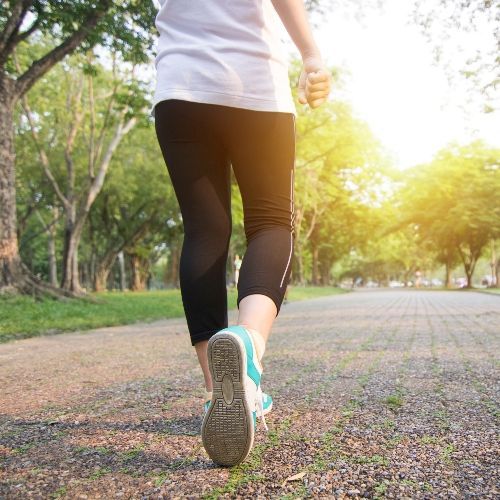
By VIV Builder
•
April 10, 2025
Your feet are the foundation of your body, supporting you with every step you take. We understand that maintaining foot health is crucial to your overall well-being and mobility. In honor of April being National Foot Health Awareness Month, this blog explores why foot health should never be overlooked and provides tips for keeping your feet healthy. Why Foot Health Matters The human foot is a complex structure of 26 bones, 33 joints, and over 100 muscles, tendons, and ligaments. This intricate design allows for movements such as walking, running, and jumping. However, it also means that many things can go wrong if not cared for properly. Poor foot health can lead to a range of issues from simple aches and pains to more severe conditions like plantar fasciitis or diabetic neuropathy. Moreover, problems in your feet can affect other parts of your body, including your knees, hips, and back. Tips for Maintaining Healthy Feet Regular Check-ups: Just like regular dentist visits, regular check-ups with a podiatrist, especially during National Foot Health Awareness Month, can help catch foot problems before they become serious. Proper Footwear: Wear shoes that fit well and provide good support. Different activities require different types of shoes – what you wear for running is not suitable for a day at work. Foot Hygiene: Wash your feet daily, dry them thoroughly to prevent infections, and change socks daily. Stay Active: Regular exercise helps keep your feet and body healthy. Remember to stretch your feet and ankles before and after workouts. Manage Your Weight: Extra weight puts additional pressure on your feet, increasing the risk of foot disorders. Common Foot Conditions and Treatments Plantar Fasciitis: Often felt as heel pain, treated with exercises, proper footwear, and sometimes orthotics. Bunions: Misaligned big toe joints that can become swollen and tender. Treatment options include wearing comfortable shoes, pads, and in severe cases, surgery. Diabetic Foot Care: People with diabetes need to take extra care of their feet as poor blood circulation and nerve damage can lead to serious foot problems. We believe in a proactive approach to foot health. Whether you're an athlete, a busy professional, or enjoying retirement, taking good care of your feet is a step toward a healthier life. Celebrate National Foot Health Awareness Month with us and schedule an appointment today to learn how you can better care for your feet and enhance your overall wellness.

